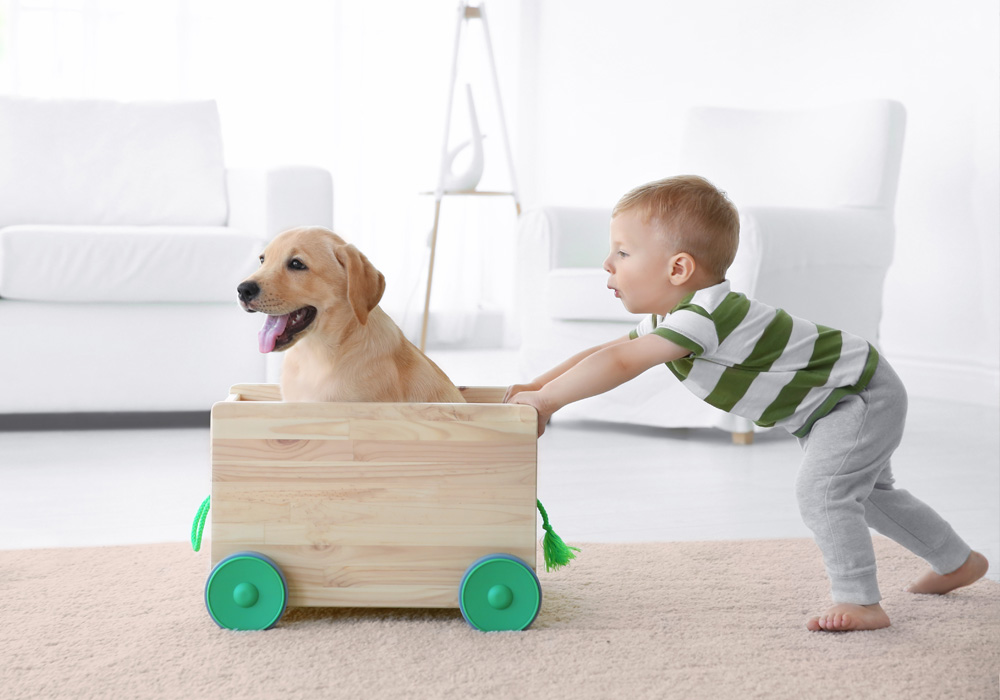Most children get excited when they interact with an animal and -especially school-age kids- start asking their parents for a pet. Dogs and kittens come first, while parrots, canaries, rabbits, hamsters and goldfish follow.
What someone should realize, before deciding to make an animal a part of his life, is that animals are living creatures with needs and feelings, so the choice should be conscious and really careful. However, with the proper briefing from the veterinarian and by taking the necessary precautionary measures (such as maintaining cleanliness, training, etc.), children and pets can live together harmoniously, with many beneficial results.
The beneficial effects of animals on children
Children’s interaction with animals is beneficial for many reasons:
Responsibility: When children coexist with animals, they build the values of responsibility and sensitivity from an early age. Taking care of their pets is a wonderful lesson of responsibility, as they understand directly and experientially that the dearth of proper care is followed by consequences.
Self-confidence: Pets help children to develop emotionally, expressing their love and becoming more generous. In addition, they help kids to boost their self-confidence, since they feel proud of themselves, when they manage to grow their pets properly.
Exercise and play: Some pets (e.g., dogs) need physical activity, which contributes to keeping children active and healthy. For the older ones, a walk with the dog is a good occasion for exercise, while for the younger an animal’s existence is an opportunity for play.
Calmness: Contact with animals increases body’s levels of natural antidepressants, such as endorphins and dopamine, which reduce stress, providing with a sense of calmness and security.
Learning about commitment and loss: Pets are not inanimate objects. Children bond with them, as they become an important part of their lives. Through this coexistence, children learn the meaning of substantial commitment and life cycle.
How to make this cohabitation enjoyable and safe
First, before acquiring a pet, you should have better examined any possible allergies in advance and keep determined to dedicate time, energy and money. Additionally, be thoroughly informed about the right animal choice, its needs, training, etc. If all of these are settled, then note the following:
- Adopt basic rules of hygiene, such as hand washing after getting in touch with the pet, cleanliness of the pet area and the animal itself (veterinarians will give you the best advice). Teach your children to do the same.
- We don’t yell at animals nor do we hit them. They are living creatures with sensibilities. Show your children how to treat them gently and nicely.
- Keep personal items (e.g., toys) of children and pets in separate areas.
- Move pet food to a safe place, away from children.
- Don’t leave young children and pets unattended.
Summing up, simply by their existence, animals teach faith, friendship, compassion and unconditional love. Children become responsible, mature and loving when they coexist with animals, getting loved in return. A pet is a new family member that will beautify the lives of both adults and children, if the appropriate measures are followed!

